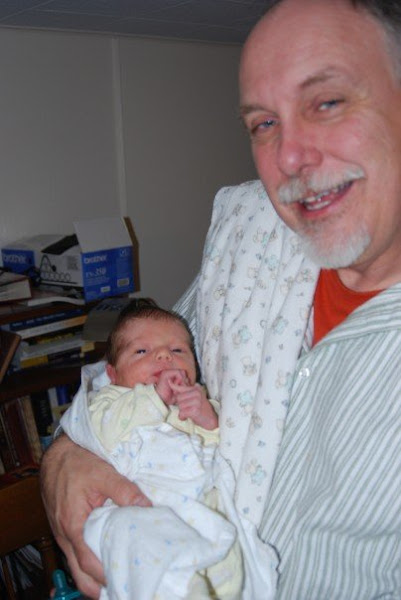It's coming up to a year since I wrote my study on church affiliates. It gave me some valuable insights into how people who claim some religious connection but aren't active in church think.
But I'd have to say that there are no major breakthroughs in terms of reactivating many of these people. I acknowledged that in my study. I concluded that there is no magic button you can press that will bring people back to church. The cause-and-effect relationship between church programming and church involvement has broken down.
I have realized how I am what Alan Roxburgh calls a "leader lost in transition" -- someone highly trained to read "maps" that no longer describe the terrain we are trying to traverse. Roxburgh urges that we become aware of the unspoken assumptions behind those maps. And I guess for most of us the assumption is that what we really want to do is to attract (or re-attract) people to our churches. Is that the Gospel imperative, though?
Roxburgh has some interesting things to say about the strategic planning process that many churches still employ to try to generate desired outcomes. It's rooted in modernity's quest to analyze and control
"Strategic planning models are based on an assumption that all reality, including human beings in their social communities, is based upon a simple, or complex, nexus of cause and effect. They assume leaders can predict then control factors in such a way as to achieve intended outcomes."
This model is not completely moribund, but it is less and less effective. What do we put in its place? Not sure yet. But, for me, the key right now is just to keep a) praying and b) talking to people.
Thursday, June 12, 2008
Subscribe to:
Post Comments (Atom)


No comments:
Post a Comment